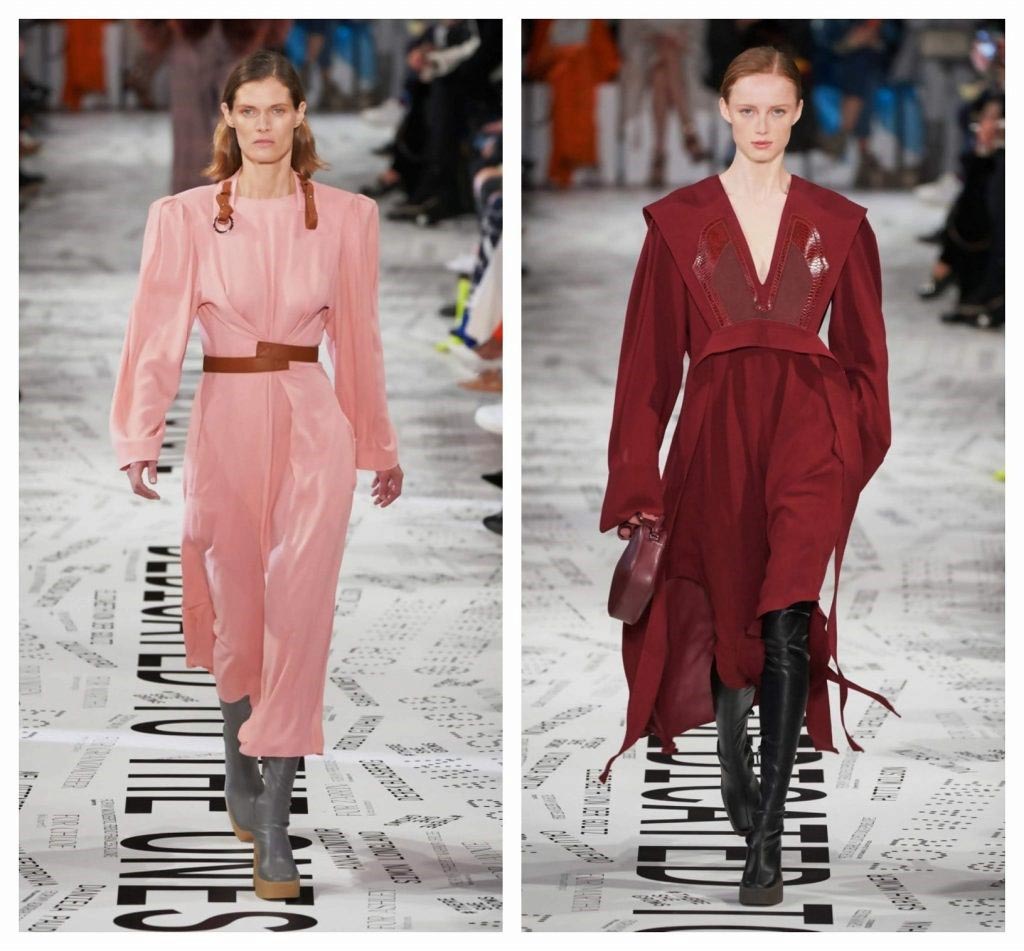
In the case of luxury fashion, which is already inaccessible to many, with the industry wanting aspects of it to become even more green will potentially see traditional aspects of it dying out. A case in point is the Stockholm Fashion Week that was scheduled for this July, but which was recently cancelled by the Swedish Fashion Council.
To truly be sustainable and environmentally friendly is costly and tricky for fashion. It has the potential to slightly muzzle creative freedom on one hand as it will now be navigating itself within certain confines, whilst on the other hand losing the steady profitability of changing trends.
It is no surprise that most of the sustainability changes are coming from the Scandinavian countries like Sweden and Denmark which have both contributed to radical developments as it relates to sustainable energy and climate change. Copenhagen Fashion Week has recently released its radical plan to meet new sustainability goals. All while the main culprit is fast fashion. But as this wouldn’t exist if there were no examples to imitate from, I believe the effort is a step in the right direction to an extent.
Under the new agreement, brands will now have to match the criteria required which includes construction of zero waste set designs, a pledge to not destroy unsold clothing and the use of 50% recycled or organic textiles within their collection. Designers/brands will have approximately three years to reach the fashion week’s requirements.
By 2021, the use the plastic hangers, which are famously referred to as the plastic straws of the fashion industry by designer Ronald Mouret, will be banned. In addition to this, alternatives to replace the actual live hassle of attending fashion week and avoiding unnecessary plane rides to look at clothing are also being researched.
Perhaps it is the fact that change is generally always difficult to accept but it feels as if fashion will now exist in a framework where it could never be truly free again. The core one being it will only be limited to certain amounts of types of fabrics. It is unfortunate because the real culprit of the excessive waste is that which is accessible to the majority of people. This brings us back to the reality of the problem, which is that people with less disposable income can’t actually solve it unless the industry on a global scale receives stiff sanctions like those given at fashion week in Sweden and Den






